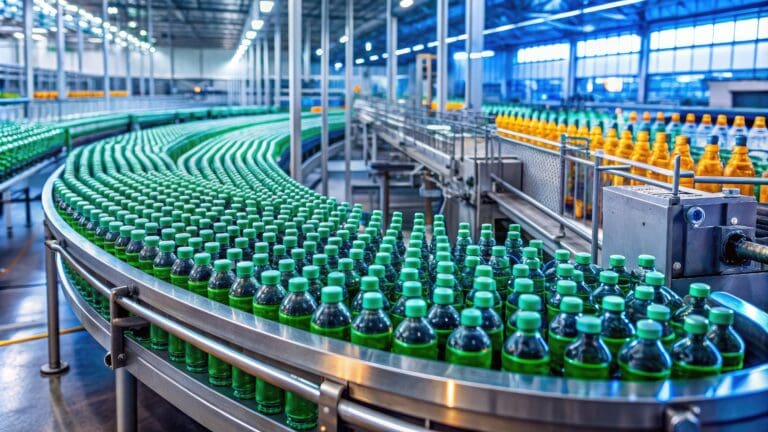Last week, nearby arabica coffee futures crossed the 400 USc/lb threshold and settled at 404 USc/lb on Friday, according to Expana. March 10th, prices on the March 2025 contract closed at 429.05 USc/lb. March 11th, contract prices opened slightly down.
Despite lack of physical trade, the market continues to move up based on disheartening reports of coffee growth in Brazil. While recent rains have given promise to better coffee production, the dry, summer heat is currently in full effect.
“There’s been little physical trade,” said Andrew Moriarty, a Market Reporter for Expana.
“At first, buyers and sellers were stepping back from the futures markets because of the high costs involved in laying on hedges at these levels. This was reflected in the open interest dropping for several months. However, in just the past two weeks, we have seen some producers starting to come back and hedge their sales at these high levels, which has been met by a new round of spec buying, and continued fuel for the rally.”
Though trading is thin, prices have risen at a rate of 32% over the last month.
.png)
With less physical trade, the price of coffee is largely left to the clean-handed investor. The current price has less to do with farmers, buyers, and processors. Market speculators buying in on long coffee positions have been a major price driver as of recent.
All Eyes on Brazil
As the largest coffee producer, market participants wait to hear news on the state of Brazil’s next coffee crop. Until then, speculators, economic factors, and halted trade have all become relevant for the price of arabica contracts.
The Brazilian real has been strengthening in value, despite a recent drop. The currency has gone up 16% over the last year compared to the USD. It is more advantageous for Brazilian sellers to trade with international buyers when their currency is relatively weaker.
Plus, the high contract price of unroasted coffee beans comes at a time when coffee roasters and retailers aren’t particularly well supplied, according to Moriarty.
So, where there is physical trade—it’s happening off-contract as market participants face difficulty financing large coffee bean contracts.
Often, premium coffee roasters buy arabica coffee beans, rather than robusta beans. At $5,561/MT, contracts for robusta beans are inflated too, according to Expana. However, if price increases for arabica remain significant, roasters may eye a switch to generate better value.
Brazil’s coffee harvest usually occurs around April or May.
The estimated 2025 coffee crop is at 63.2 million 60-kg (or 132.27 lb) bags—with 23.3 million bags of robusta (would be 24% increase) and 39.9 million bags of arabica (would be a 12% decrease), according to a large exporter called Comexim. These estimates are not greater than the last big Brazilian crop of 2020 which realized 70 million bags. These estimates are greater than the last which Expana reported.
Since a frost in 2021, Brazil’s harvests have been suffering. And over the last three years, global consumption has been greater than global production.
In 2024, Brazil’s coffee producers exported a record 50.4 million bags, according to a Cecafe announcement included in Expana’s February 2025 Coffee report. The most recent export numbers show a slowdown in December 2024 where approximately one million less bags were exported compared to average levels.
Yet with prices rising, sellers could take the opportunity to trade. Slow exports out of Brazil ticked up as the country exported 4.08 million bags of coffee in January 2025, 9.5% more than year-ago levels, according to a government update which Reuters cited.
Next week, Cecafe will release finalized export numbers from January 2025.
Until then, click to view Expana’s February 2025 Coffee insight report, and learn more about the latest on the market.



